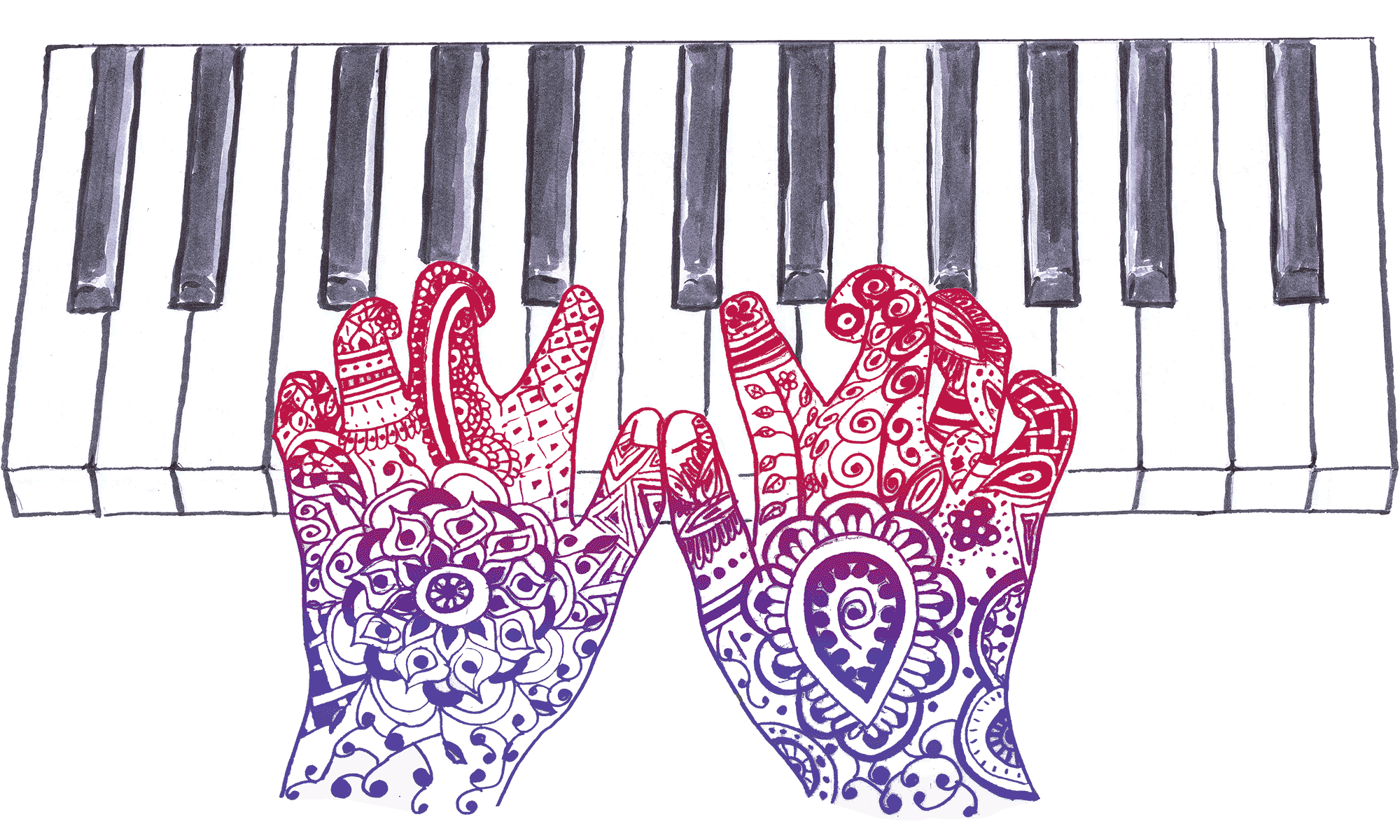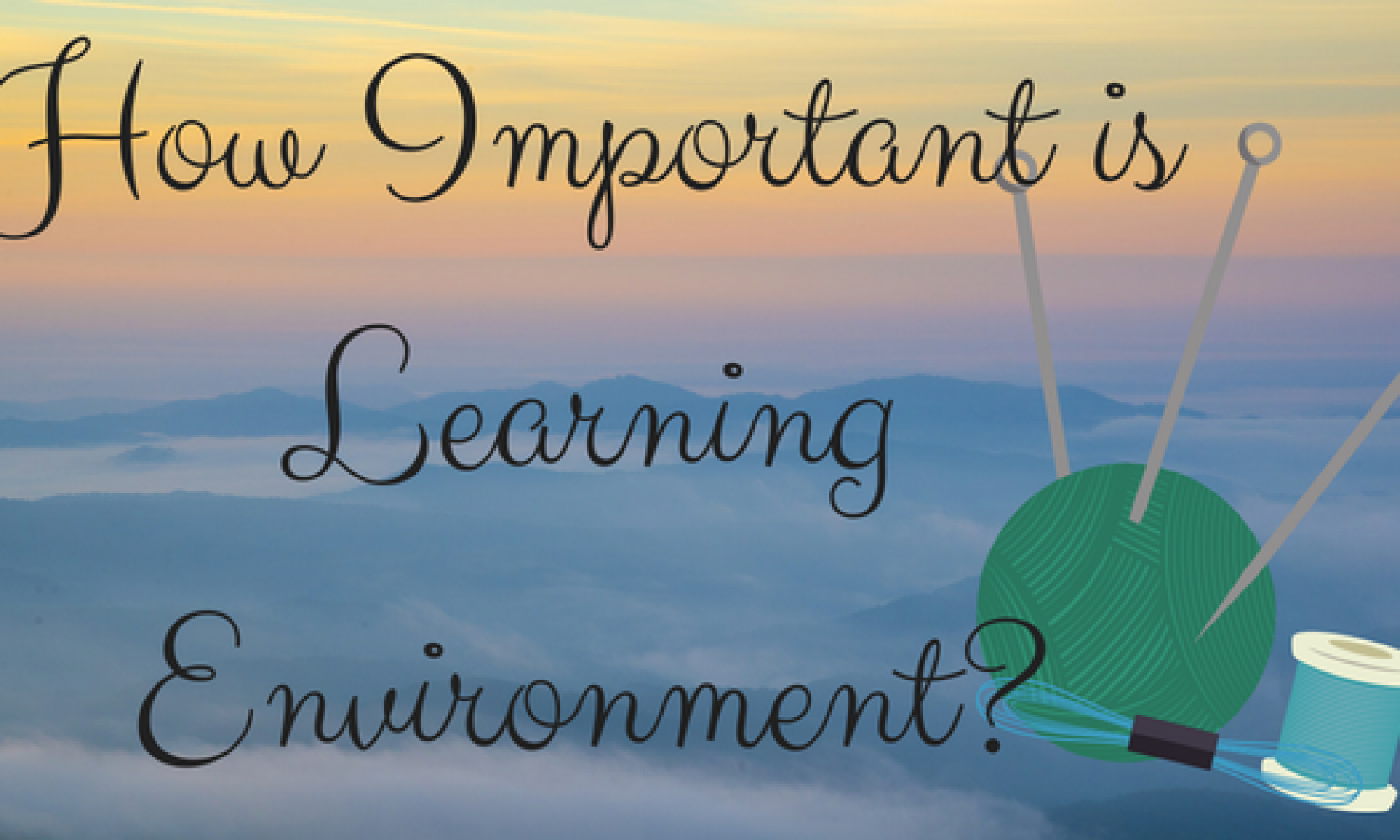Since I began teaching I’ve thought a lot about what my experiences (both good and bad) are as a learner. I’ve thought a lot about how the people you learn from and the environment they create can influence how you feel about the subject you’re learning. I started to realize how much that feeling can determine how successful you are at the subject and whether you embrace it in the future or avoid it. I wanted to figure out how to replicate the circumstances that make for the most successful learning.
I often think of the two people that were the most patient teachers with me, my mom and my grandma. They’ve both influenced me a lot not only as a learner but as a teacher. I’ve also had teachers that were super patient but not effective at teaching so I wanted to figure out what things they did that worked.
I think my mom’s biggest strength as a teacher was in breaking things down into manageable steps and chunks that could be understood and accomplished. I definitely use that skill everyday but it was a skill that I took for granted until I started mentoring other teachers. My experience has been that most teachers don’t break things down enough and often come to the conclusion that something is too difficult for a student when it’s totally possible when broken down enough.
The thing that always strikes me about my experience learning from grandma is the environment she created. She always made me love being there. My happiest memories of learning are with her yet it was never at the expense of doing things well. All the things that she taught me are things I excel at and still have a passion for. Love and discipline can coexist. This got me to thinking about how much the environment you are in can affect how successful learning is and how you feel about it.
Recently I woke up from a dream where I was at my grandma’s house and we were talking about a sweater I had tried to knit. I wasn’t sure the sweater could be rescued or that I would EVER be able to knit one that turned out well. I was feeling discouraged and doubtful about my abilities to figure things out or do something well. I also felt frustrated that I had poured so much time into something that failed. You may think, ‘It’s only knitting.” but how you feel in the middle of a failure is bigger than how much cosmic importance the thing you’re doing has. It’s a snapshot of your ability and confidence in yourself to navigate difficulty. How you feel directly affects the actions you take or don’t take and whether you are successful at conquering obstacles. I remember telling her what was wrong with my sweater and she said, “Don’t worry we’ll figure it out. I need to finish cleaning the kitchen and then we can sit down and work on it.” I felt the anxiety and doubt melt away. I knew from past experience that she could help me right any mess I had made and learn where I went wrong. We were in the middle of doing dishes together when I woke up feeling peaceful and content. My emotions were so vivid in the dream that they stayed with me all morning. I woke up before I could conquer the obstacle but I already fully believed that it would be conquered. The warm cocoon she created in her house always had the ability to make me not only believe in her but in myself.
When I was little, I thought that my grandma’s house was magical. I finally figured out that it wasn’t the house, it was her. Even though my grandpa was the more dominant personality, the environment in the house was like a fuzzy warm force field emanating from her. Over the years, I noticed the environments I’ve experienced and how they have the ability to make me feel. Whether it’s stressed or unwelcome, excited or content, I find that how I feel in an environment directly affects what I do and what I’m capable of in that moment. If an environment feels judgmental or intimidating, I know it’s going to make it harder for me to be at my best.
There are certainly physical things that can add to creating an environment but there is a part of it that can only be brought to life by the people in it. A big part of the force that each person exerts into the world comes from their own ideas and attitudes. When people are nurturing and positive, they send that out into the world around them and if they are negative and judgmental that’s what they send out.
I’ve thought a lot about what I want to send out into the world and what kind of environment I want for myself and the people around me. I want to create a place that makes me and the people I bring into it feel safe and happy. Content yet curious to explore possibility, where creativity and learning percolate and where students enjoy being. I’ve tried my best to create this in Treblemakers. It starts with a friendly little dog greeting them at the door, a lending library for students to sit down with a good book on a comfy couch or whiteboards to draw on while they wait for their lesson. Meanwhile all around them teachers and students are doing amazing things with music and the energy buzzes with inspiration. Understanding that our environment and the people in it fuels creativity has impacted me not only as a teacher but as a creator.
I think the right environment not only makes us happy but primes us to be receptive to learning. If we’re busy feeling fear or anxiety, we can’t really be at our best and we certainly will be less likely to take the kind of risks that true growth requires. Learning can be an uncertain and vulnerable place. Students are bravest and at their best when they feel safe, encouraged and believed in. There’s often a thought that a high-pressure environment will drive people to ‘rise to the challenge’. Although I think it’s admirable when people achieve under stress, I think that speaks more to their ability to shut out negativity rather than that the negativity caused the success. I wonder what their achievement would have looked like if they had been in an environment that encouraged and inspired them instead?

